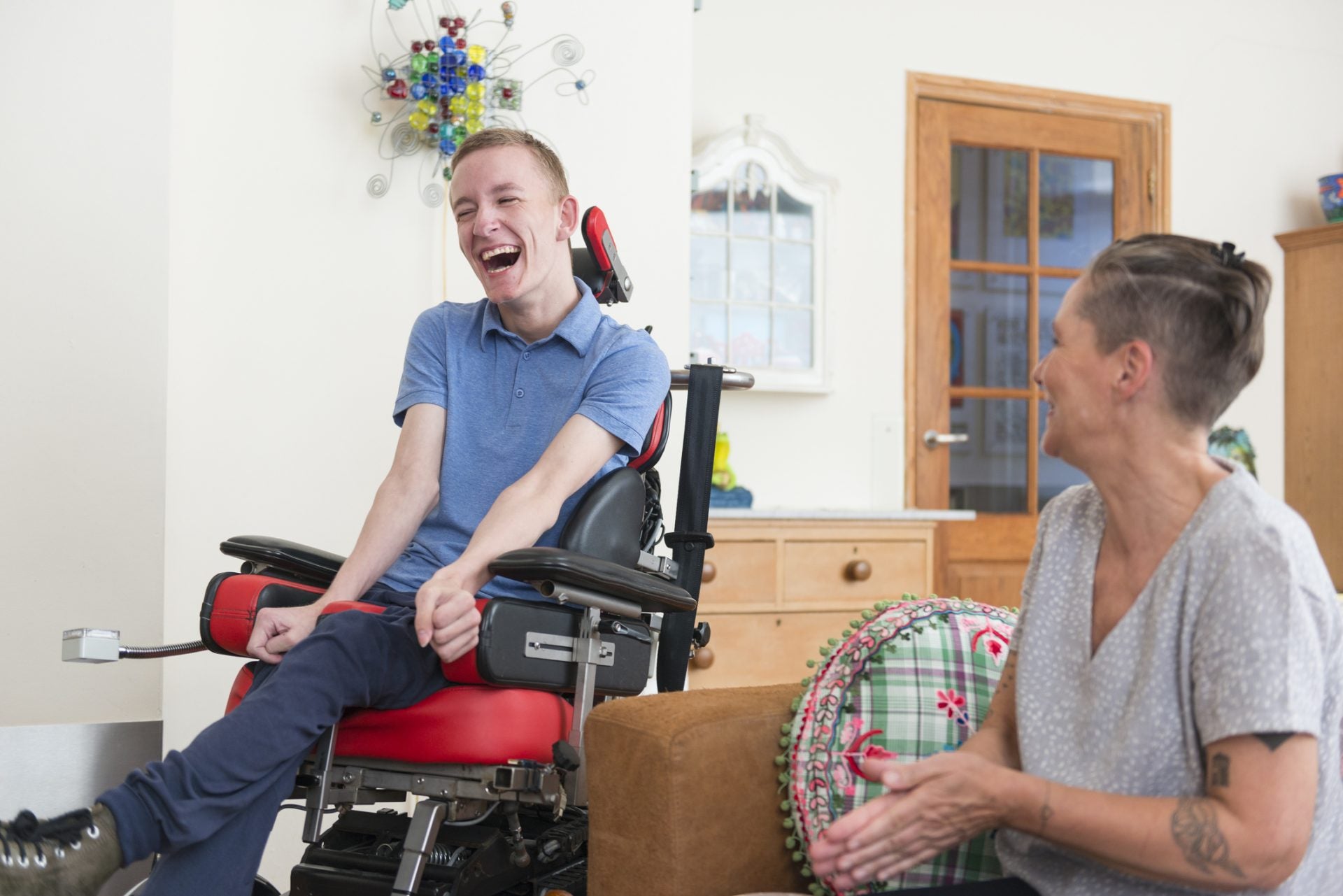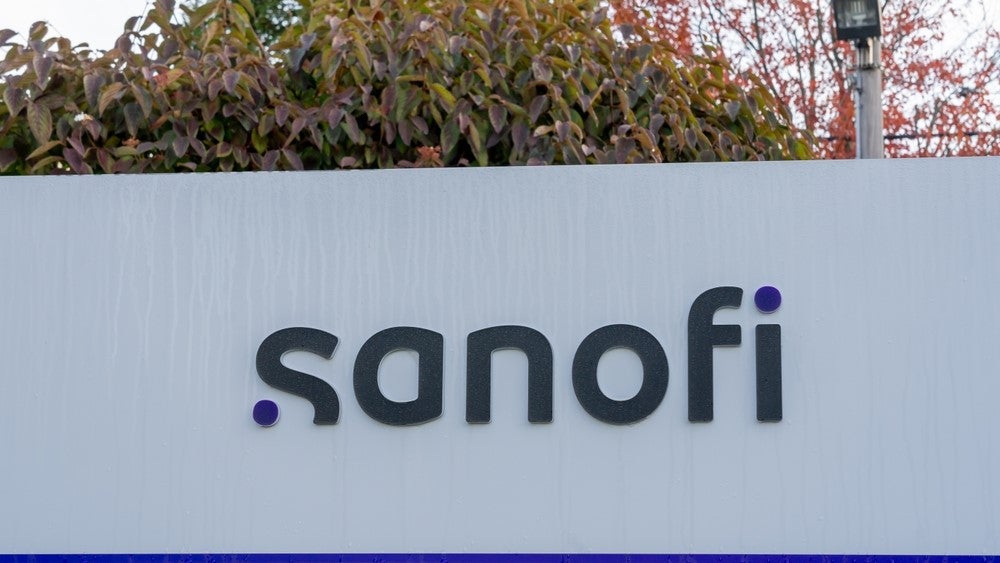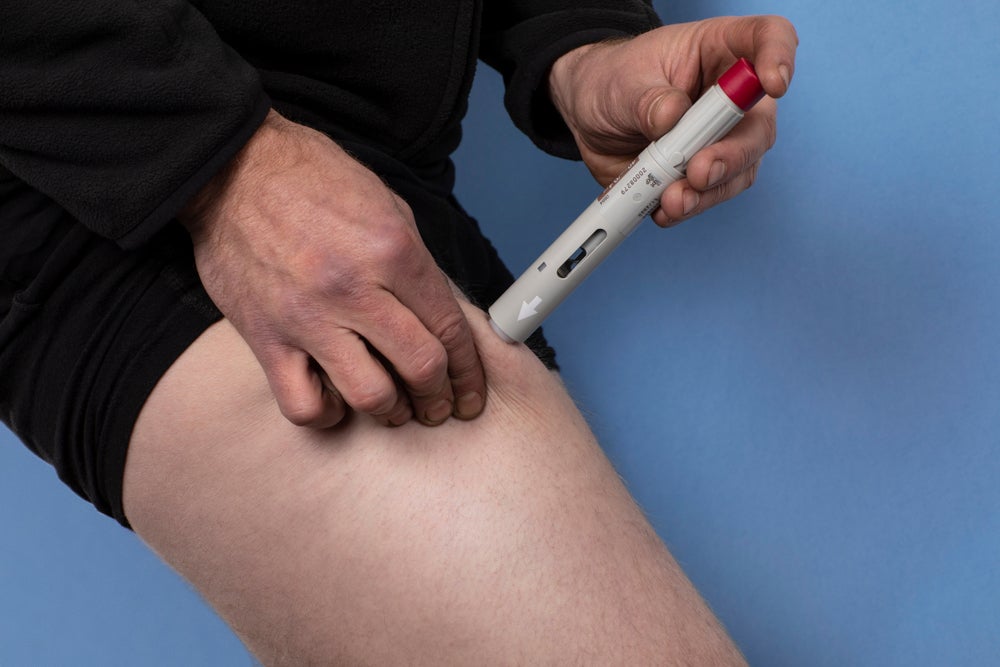
Few treatments are currently available for the neurodegenerative condition amyotrophic lateral sclerosis (ALS), also known as motor neurone disease and Lou Gehrig’s disease.
The condition, which causes death of motor neurones in the brain and spinal cord eventually leading to paralysis and early death from respiratory failure, has impacted high-profile figures, including the famed physicist Stephen Hawking and generated mainstream media attention in recent years. But despite best efforts, a cure for the condition continues to elude researchers.
The incidence of ALS worldwide is about one in 50,000 people per year, equating to about 5,760 to 6,400 new diagnoses annually. Typically, people are diagnosed between the age of 50 and 70. Most cases of ALS are believed to be sporadic, while around 8%-10% are inherited.
Now, Biogen is allowing some early access to its experimental ALS drug tofersen, which designed to help people whose disease arises from rapidly progressing mutations in the SOD1 gene.
Clinical Trials Arena takes a look at the history of ALS treatment and awareness to understand how the pipeline for ALS has developed.
1800s: initial descriptions of ALS
Although descriptions of ALS-like symptoms can be found in medical literature as early as 1824, it wasn’t until 1869 that the condition was identified as a specific disease by the ‘father of modern neurology’, Jean-Martin Charcot.
How well do you really know your competitors?
Access the most comprehensive Company Profiles on the market, powered by GlobalData. Save hours of research. Gain competitive edge.

Thank you!
Your download email will arrive shortly
Not ready to buy yet? Download a free sample
We are confident about the unique quality of our Company Profiles. However, we want you to make the most beneficial decision for your business, so we offer a free sample that you can download by submitting the below form
By GlobalDataAfter observing multiple patients with near-identical symptoms, in 1874 Charcot coined the term amyotrophic lateral sclerosis – drawn from the Greek term meaning “without nourishment to muscles”.
Before Charcot, these patients were often bundled together under the umbrella diagnosis of ‘hysteria,’ a blanket term that has been historically used to describe chronically ill patients with undetermined conditions.
Charcot went on to diagnose and identify more neurological diseases using the anatomo-clinical method – a diagnostic technique he developed that combined longitudinal observations taken over a patient’s life with post-mortem anatomical analysis of the brain and spinal cord.
1939: ALS gains mainstream attention
ALS remained relatively unknown until the late 1930s when the famed ‘iron man of baseball,’ Lou Gehrig, was diagnosed with the condition in 1939.
His high-profile battle with the condition helped to raise public awareness of the disease and in the US to this day ALS is still commonly known as Lou Gehrig’s disease.
The sharp decline of his health is now understood to be a typical trend for those diagnosed with ALS. Statistics show that only half of those with ALS live at least three years after diagnosis, 25% survive at least five years and up to 10% live ten years or more beyond their diagnosis.
1990s: first ALS gene and drug discovered
While ALS is mainly a sporadic disease of unknown cause, there are records that pre-date Charcot’s recorded discovery of hereditary ALS symptoms.
In 1880, Sir William Osler noticed that the Farr family of Vermont had a dominantly inherited form of ALS. Just over a century later, in 1993, the first gene to be associated with familial ALS was identified – the SOD1 gene. Since then, at least ten additional genes have been linked to familial ALS/motor neurone disease.
In 1994, the discovery of the SOD1 gene led to the engineering of the first animal model for ALS, the transgenic SOD1 mouse. These were instrumental for developing the scientific understanding of the disease pathogenesis and for testing treatments.
Despite decades of randomised controlled trials to find a therapy to cure or slow the progression of ALS it wasn’t until 1995 that the first treatment for the disease was approved by the US FDA – Sanofi’s Riluzole. Riluzole works by blocking the release of glutamate, too much of which is believed to injure nerve cells.
While this approval was a welcome development, it was a very limited step forward. Riluzole brings only a very modest benefit for ALS patients, prolonging survival rate between two and three months.
2000s: more research and another important ALS gene identified
During the 2000s, research into the possible causes of ALS gained traction.
This was a monumental task as for around 90% of cases, where no familial history of the disease is present, the cause is unknown.
Research into environmental factors became a core focus for scientists. Results from these studies suggested that certain vocations, sports, traumatic brain injury and smoking may be linked to ALS.
In a 2017 study by the US Centers for Disease Control and Prevention, researchers analysing US deaths from 1985 to 2011 identified a correlation between ALS deaths and white-collar occupations. People in management, financial, architectural, computing, legal and education jobs were found to be at higher risk.
Moreover, ALS has become associated with veterans in the US and it is thought that combat veterans are twice as likely to develop the disease in comparison to those who have not served in the military.
Football players have also been identified as being possibly at risk for ALS. In a retrospective cohort study in the year 2000 of 24,000 Italian football players who played between 1960 and 1996 – there were 375 deaths in this group, including eight from ALS. Based on this information and the incidence of ALS, it was determined that the players were 11 times more likely to die from ALS than the general Italian population.
Although this study was criticised for biases, it prompted further research in Italian football players.
In 2006, the protein TDP-43 was identified as a major component of the inclusion bodies seen in both ALS and frontotemporal dementia (FTD), which provided confirmation that ALS and FTD are part of a common disease spectrum. This led to the discovery in 2008 that mutations in TARDBP, the gene that codes for TDP-43, are a cause of familial ALS.
According to a 2014 publication, 95% of ALS cases show TDP-43 aggregation, causing a loss of functional protein in the nucleus.
Another important discovery was made in 2011 when scientists found that a defect in the C9ORF72 gene is present in individuals with ALS as well as in those with FTD.
2015: second drug approved for ALS
The next (and only other) drug to be approved for ALS is edaravone, which was approved in Japan and South Korea in 2015. In the US, the drug received Orphan Drug designation from the US Food and Drug Administration (FDA) by 2016, followed by the EU’s EMA. In 2017, the FDA approved Radicava (edaravone) IV.
Edaravone is a synthetic free radical scavenger and works by decreasing oxidative stress, another potential cause of nerve cell death in ALS.
Unfortunately, like Riluzol, the drug does not stop or cure the disease but modestly slows its progression in a small group of patients with early-stage ALS.
Treatment with Radicava – an intravenous formulation of edaravone – is expensive and requires daily hour-long IV infusions for ten days in a two-week period. This cycle must then be repeated after a two-week break.
2020: Phase III trials begin
In 2020, Mitsubishi Tanabe announced the initiation of a Phase III clinical trial investigating an oral suspension formulation of edaravone (MT-1186) in ALS.
Because of the costly and burdensome administration of Radicava, an oral version of edaravone could be of huge benefit.
There are currently over a dozen experimental compounds being explored for ALS including Biogen and Ionis Pharmaceuticals’ tofersen.
2021: Biogen offers compassionate-use access
VALOR, an international, placebo-controlled, pivotal Phase I/II/III trial is evaluating tofersen in 178 adults with familial ALS who have SOD1 mutations.
The therapy is injected directly into the spinal canal and binds to the SOD1 mRNA, suppressing the production of its proteins. By decreasing levels of SOD1 protein, tofersen may be able to slow the progression of this form of ALS.
Data from Phases I/II demonstrated that tofersen was generally safe and significantly dropped SOD1 levels in the cerebrospinal fluid (CSF), the liquid that surrounds the brain and spinal cord.
Final data from VALOR is anticipated later this year. If toferson appears to be safe and effective the firms plan to seek approval.
However, many patients with ALS fear that they won’t survive to see its approval and with such a lack of treatment options Biogen and Ionis have been facing increasing pressure from thousands of ALS sufferers and their families to make the drug more widely available.
The companies resisted these calls until April 2021 when they announced a two-part programme that would expand access to those most in need with the fastest disease progression ahead of the drug’s approval submission.
Part one of the Early Access Programme (EAP) is due to commence in mid-July now that participants in the late-stage study’s placebo group are allowed to switch to tofersen treatment in a bid to be fair to those on the placebo arm.
Compassionate-use access is to be offered to patients outside the trial with familial ALS and SOD1 mutations whose disease is progressing most rapidly.
On 25 June 2021, it was announced that the programme was now open for physicians to submit requests for individual patients, whose eligibility will be confirmed by a third-party organisation.
Biogen says the firms plan to initiate part two of the EAP for the broad SOD1-ALS population if results from the Phase III study indicate that tofersen is safe and effective, and if no further studies are required.





